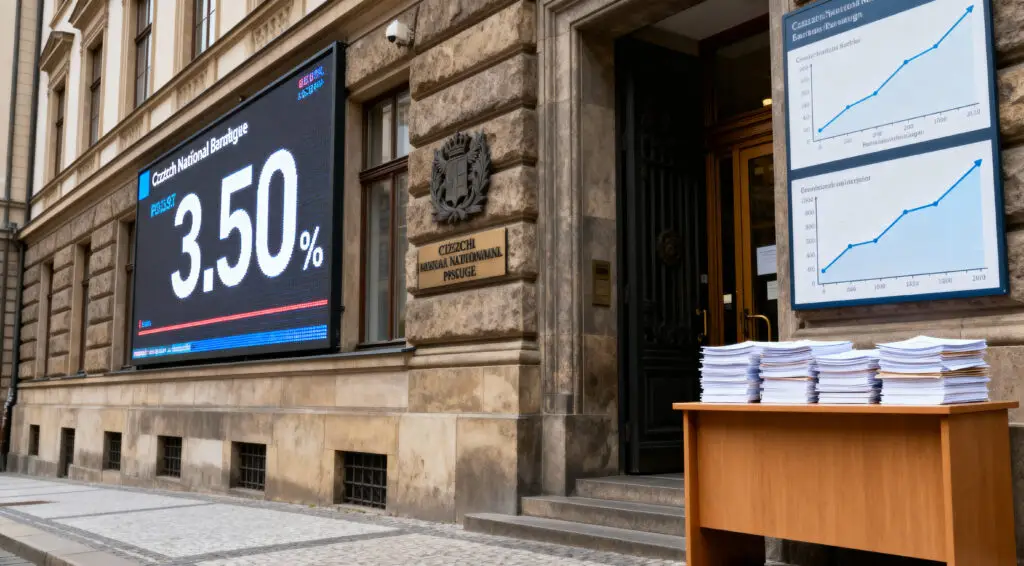The Rise of Ethereum Treasury Companies
Something profoundly interesting is unfolding within the cryptocurrency landscape, specifically concerning Ethereum. Small, often relatively unknown publicly traded companies are beginning to strategically add Ether, the native coin of the Ethereum blockchain, to their balance sheets. This innovative move is part of a new corporate strategy designed to significantly lift their stock market valuations.
Early indicators suggest this approach is proving successful, marking a pivotal moment for Ethereum’s integration into traditional corporate finance. This trend signifies a growing confidence in Ethereum’s long-term utility and potential for value appreciation, drawing considerable attention from investors and analysts who are closely observing these developments.
SharpLink Gaming Leads the Ether Accumulation
A compelling illustration of this burgeoning trend is SharpLink Gaming, whose shares have surged by an impressive 150% as of July 18, attracting substantial market attention with its new crypto strategy. In a remarkably short period, SharpLink Gaming has become the largest corporate holder of Ether coins globally. The company now boasts a treasury of 280,706 Ether coins, valued at approximately $960 million at recent prices.
To put this figure into perspective, SharpLink Gaming now holds more Ether than even the nonprofit Ethereum Foundation. In early July, the company successfully raised over $400 million specifically for its Ether war chest, and following a significant purchase in mid-July, it still retains more than $250 million for future acquisitions. This aggressive accumulation signals a strong conviction in Ethereum’s future.
Replicating the Successful Bitcoin Treasury Model
This strategic approach employed by Ethereum treasury companies closely mirrors the Bitcoin treasury company model, a groundbreaking strategy pioneered by Strategy, formerly known as MicroStrategy. The core concept is remarkably simple: instead of relying on cash generated from operations to fund cryptocurrency purchases, companies tap into the capital markets for funding. Once this financing is secured, they embark on a substantial crypto buying spree.
This strategy proves effective as long as the price of the underlying cryptocurrency continues its upward trajectory. This model has demonstrably worked with Bitcoin, which has largely seen price appreciation over the past 24 months, despite occasional pullbacks. The critical question now remains whether Ethereum, which is up 7% in 2025 after earlier losses, can replicate Bitcoin’s robust performance, which saw a 30% rise in the same period.
Expanding Corporate Adoption and Market Accessibility
Currently, only a handful of publicly traded companies have adopted this innovative treasury strategy. Beyond SharpLink Gaming, two other notable examples include Bitmine Immersion Technologies and Bit Digital, both of which announced their pivot to this model in June. Now that the groundwork has been laid and early successes demonstrated, it is easy to foresee how other companies could be tempted to join this trend.
A significant factor contributing to this potential expansion is the current price of Ether, which stands at approximately $3,600. This relatively lower price point, when compared to Bitcoin’s roughly $120,000, makes raising capital from investors for Ether purchases considerably more accessible. This lower barrier to entry is likely to be particularly attractive for small-cap companies with relatively limited access to broader capital markets, facilitating wider adoption.
Navigating Investment in Ethereum Treasury Companies
When considering an investment in Ethereum treasury companies, a nuanced perspective is essential. For instance, SharpLink Gaming, which also functions as a marketing partner for sports betting and online casino operators, presents a complex risk profile. Its stock had been largely stagnant until it embraced the Ethereum investment strategy, highlighting the speculative nature of its recent surge. Similar questions arise regarding companies like Bitmine Immersion Technologies.
While it now boasts a renowned investment strategist like Tom Lee as its chairman, which aids in capital raising, the rationale behind a Bitcoin mining company acquiring Ether raises questions. The same applies to Bit Digital, which is transitioning away from its Bitcoin mining operations. The core identity and long-term vision of such companies become crucial considerations for investors.
Read More: Ethereum Treasury Soars: SharpLink Acquires 10,000 ETH, Reaching $558M
The Importance of Due Diligence for Investors
Before committing to an investment in an Ethereum treasury company, thorough due diligence is paramount. While the allure of significant gains is strong, it is vital to scrutinise the company’s core business, the management’s long-term vision, and the underlying rationale behind their crypto treasury strategy. The commitment and unwavering evangelism of leadership, as exemplified by Michael Saylor’s dedication to Bitcoin at Strategy, can be a key indicator of a crypto treasury company’s potential for sustained success.
It is important to recognise that not all companies adopting this model will necessarily evolve into viable long-term investment opportunities. Investors must carefully assess whether a company’s embrace of Ethereum is a strategic, well-thought-out move or merely a short-term gamble designed to boost stock prices.
Ethereum Treasury Companies: A Maturing Crypto Market Trend
The emergence of Ethereum treasury companies signifies a maturation of the broader cryptocurrency market and a broadening of corporate interest beyond just Bitcoin. If Ethereum can sustain its price appreciation and demonstrate consistent performance, this model could become a more widespread phenomenon, attracting diverse companies seeking to leverage digital assets for balance sheet enhancement.
However, the evolving regulatory landscape remains a critical factor, as increased corporate adoption could lead to greater scrutiny and potentially new regulations. The success of these early movers will undoubtedly influence the pace and scale of future corporate Ether acquisitions, shaping a new chapter in the intersection of traditional finance and decentralised digital assets. This ongoing evolution merits continuous observation from all market participants.























